What is Floriculture and Why is it important
- October 4, 2024
- 0 comment
Floriculture is the branch of horticulture focused on cultivating flowering and ornamental plants for gardens, floral displays, and various commercial markets. It involves producing, processing, and marketing flowers for diverse purposes, such as decoration, gifting, and ceremonial use.

The sector also provides fresh and dried flowers, cut flowers, and foliage, which are vital to numerous industries like landscaping, fashion, and interior decoration.
Table of Contents:
- Types of Floriculture Plants
- Importance of Floriculture
- The Scope and Future of Floriculture
- Sustainability in Floriculture
Origin of floriculture
Floriculture has a rich history, with roots tracing back to the 1500s in Europe, particularly in the Netherlands, where greenhouses were used to grow flowers. This period marks the dawn of flower cultivation on a large scale. Today, the floriculture industry spans continents, contributing significantly to economies worldwide.
Countries like the United States, Netherlands, Germany, and Italy are global leaders in flower production and export. In the modern context, floriculture has grown into a multi-billion-dollar industry. The U.S. alone has a floriculture market valued at approximately $20 billion, with California being the largest flower-producing state. The Netherlands continues to dominate as the world’s leading flower exporter.
Types of Floriculture Plants
Floriculture includes a variety of plant categories, each serving specific purposes and demands in the market:
- Bedding Plants: These are seasonal plants, usually annuals, grown for planting in outdoor gardens. They are started indoors and transplanted when the growing season begins. Examples include marigolds and petunias.
- Hanging Plants: Grown for decorative purposes, these are usually displayed in hanging baskets. Plants like ferns and ivy are common in this category.
- Potted Plants: Used for indoor decor, potted plants such as peace lilies and bonsais are grown in containers, perfect for homes and small gardens.
- Cut Flowers: Flowers that are cut for use in floral arrangements and bouquets. Popular choices include roses, lilies, and carnations. These flowers are highly valued in both fresh and dried forms.
- Dried Flowers: After being preserved, these flowers are used in crafts and arrangements. Common dried flowers include lavender and hydrangeas.
Benefits of Floriculture
- Economic Significance: Floriculture contributes heavily to both local and global economies. It creates jobs, boosts exports, and supports ancillary industries such as packaging, transportation, and retail.
- Cultural and Social Impact: Flowers have significant roles in social, religious, and cultural ceremonies. They are commonly used for decoration during weddings, festivals, funerals, and religious rites. Gifting flowers remains a timeless gesture of affection, sympathy, and respect.
- Environmental Benefits: Floriculture promotes environmental sustainability through greenhouse cultivation, pest control innovations, and soil management. The ornamental plants grown also contribute to the aesthetic value of homes, offices, and public spaces, enhancing human well-being.
- Therapeutic Uses: Studies have shown that the presence of flowers and ornamental plants can improve mental health. Gardens and green spaces offer serenity and promote relaxation, making floriculture an integral part of urban planning.
The Scope and Future of Floriculture
The global demand for flowers, particularly in urban areas, is driving the floriculture industry’s growth. As cities expand and urban environments become more congested, the importance of green spaces and indoor gardens increases. People value flowers for their calming effects and their role in enhancing the beauty of living spaces.

Commercial floriculture holds immense potential, especially in countries with favorable climates and infrastructure for flower farming. Factors like the availability of fertile soil, adequate water, transportation facilities, and skilled labor influence the scope of floriculture.
Additionally, the rise of bio-aesthetic planning—integrating greenery into urban designs—shows a promising future for floriculture in combating pollution and providing a higher quality of life in cities.

With advancements in greenhouse technology and plant genetics, the industry is evolving to meet the challenges of climate change, market demand, and sustainability. Genetic engineering has led to the development of flower varieties that can withstand harsh climates, extending the cultivation possibilities for floriculturists.
Sustainability in Floriculture
Sustainability has become a key focus in floriculture, particularly through certifications such as the G.G.N. label, which promotes good farming practices and environmental responsibility.

Certified floriculturists are encouraged to adopt eco-friendly farming techniques, ensuring minimal environmental impact while maintaining high-quality flower production.
This is not only beneficial for the environment but also appeals to an increasingly conscious consumer base that values ethical and sustainable products.
Final Thoughts
Floriculture is a vital industry that impacts economies, cultures, and environments globally. From enhancing the aesthetic appeal of spaces to promoting mental well-being, the cultivation and trade of flowers have far-reaching benefits. As cities grow, the need for greenery will only increase, ensuring that floriculture continues to play an essential role in urban life and beyond.
The right tools, such as pruners, knives, and garden sets, are critical for maintaining healthy, beautiful flowers. Whether for professionals or home gardeners, investing in quality equipment ensures success in floriculture practices.
Frequently Asked Questions (FAQs)
- What is floriculture?
Floriculture is the cultivation of flowering and ornamental plants for gardens, decorative purposes, and commercial use. - What types of plants are involved in floriculture?
It includes bedding plants, potted plants, cut flowers, hanging plants, and dried flowers. - Why is floriculture important?
It boosts economies, enhances cultural ceremonies, improves environments, and promotes mental well-being. - How does floriculture contribute to the economy?
It generates jobs, supports exports, and contributes to industries like packaging and retail. - What role do flowers play in cultural practices?
Flowers are used in religious, social, and ceremonial events, symbolizing emotions and traditions. - What are the environmental benefits of floriculture?
It supports sustainability and beautifies spaces, improving air quality and reducing stress. - What future trends impact floriculture?
Urbanization, the need for green spaces, and advancements in greenhouse technology are driving its growth. - What tools are essential for floriculture?
Tools like pruning shears, Hori Hori knives, and garden tool sets are vital for effective flower cultivation.
We trust this guide has helped you understand the significance of floriculture and its contributions to the economy, environment, and culture. Have your own insights or ideas on how floriculture shapes our world? Share your thoughts below. Your input can inspire others to appreciate the beauty and value of flowers in everyday life. Don’t forget to share this guide with friends who love gardening and flowers!

Kristine Moore
Forestry AuthorI'm Kristine Moore, a seasoned garden landscaping professional with over 30 years of experience. My extensive career has been dedicated to transforming outdoor spaces into stunning, sustainable landscapes. With a deep understanding of horticulture, design principles, and environmental stewardship, I have become a respected figure in the field, known for creating harmonious, visually appealing, and eco-friendly gardens. My commitment to excellence and continuous learning in landscaping trends and techniques has solidified my reputation as an expert in garden design and implementation.





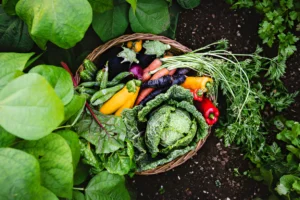
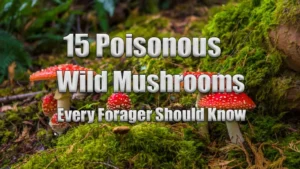


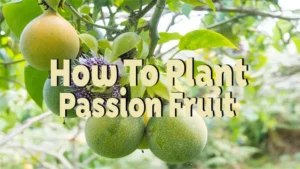

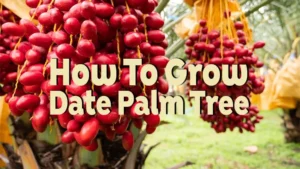
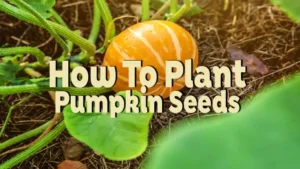
Leave your comment